From Um Kulthoum’s powerfully soothing voice filling the vibrant local ahwa’s (cafe) air, to the energetic beats of the mahraganat (festive Egyptian pop/electro music) playing at a local wedding, Egypt’s contemporary music scene is as eclectic as the Egyptian population itself.
As is the case anywhere in the world, the music that the general population in Egypt listens to has evolved tremendously throughout the years and music trends keep changing in accordance to the change in time, and the socio-economic and political changes that take place alongside. That being said, each generation is usually associated with a specific genre of music that was primarily a trend at the time.
During the mid-20th century for example (1940’s, 50’s, 60’s), the popular music at the time was what modern day Egyptians now refer to as ‘the classics’ – think Um Kulthoum, Mohamed Abdel Wahab, Abdel Halim Hafez, and Asmahan (in addition to other such names).
This particular era’s genre of music is known for its poetic lyrics and long melodic intervals of orchestral music. At the time, most songs revolved around the theme of love, as well as the pain and suffering one goes through as a result of love. Most of Egyptians at the time would listen and relate to such music, and would even regularly attend live concerts.
The music got so popularized at the time, to the point that the entirety of the Middle East would listen to these Egyptian artists – which was also in part due to the popularity of Egyptian cinema and its occasional inclusion of these artists in films. These classics are still widely admired and heard to this day, always associated with some level of nostalgia for this golden age of Egypt.
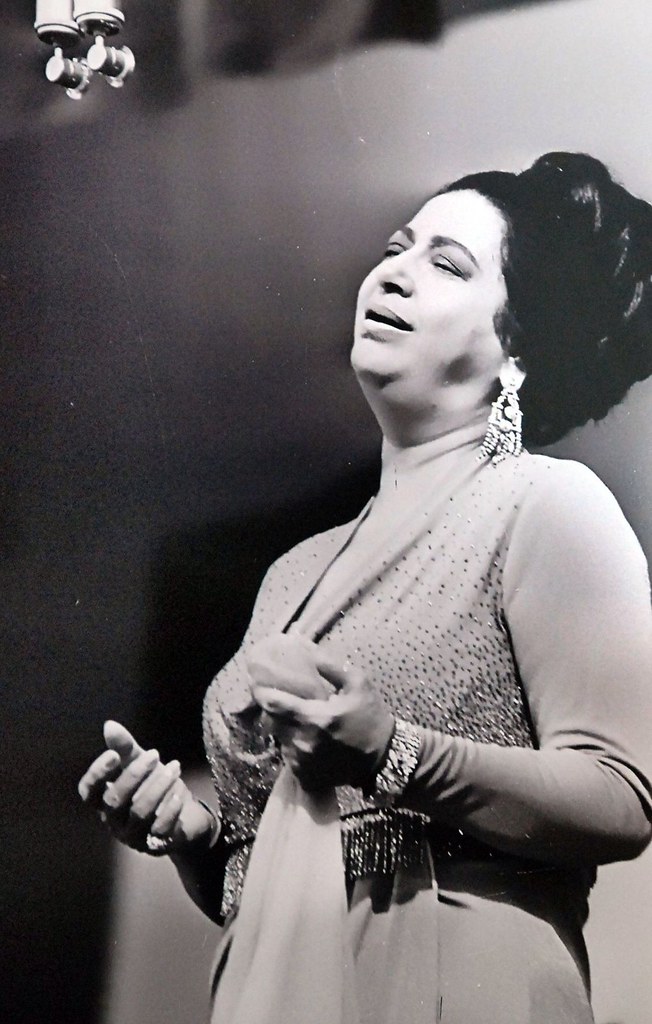
Later in the 20th century, Egyptian pop music became more of a trend (around the 1980’s and 90’s) perhaps in part due to western influences playing more of a role in society. Artists such as Amr Diab, Hisham Abbas, and Mostafa Amar (among others) peaked in the 90’s and became widely listened to by the general Egyptian population.
Their music also revolved around love, albeit in a much more modernized manner – not as dramatic as the previously discussed ‘classics’, but rather more youthful and energetic. The music itself does not involve classic orchestral musical instruments as during Egypt’s golden age, but rather more of a modern pop beat.
This type of Egyptian pop music has evolved to fit current society, but the artists who paved the way for this trend back in the late 20th century are still listened to and some even continue to release new albums.
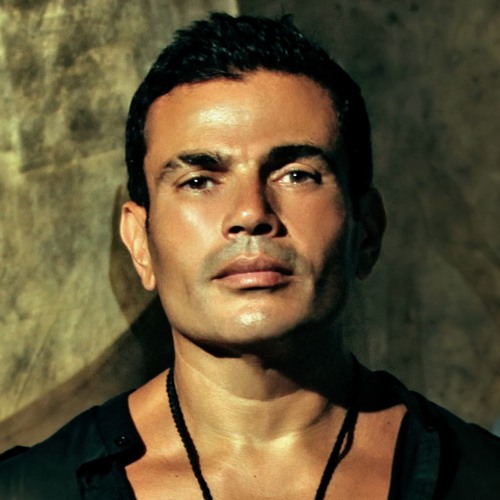
Moving into the 21st century, Egypt’s music scene continued to evolve and became more diverse than ever. With globalization and western influences seeping in through various online portals and the like, more and more genres of Egyptian music started emerging – even resulting in an underground music scene. However, it is important to note that the underground music scene strays from what would be considered commercial and trendy, and tends to navigate more towards creating music that is culturally relevant and heavily affected by its middle eastern roots rather than western culture.
What is particularly interesting in the 21st century is the effect the Egyptian revolution had on Egypt’s music scene. Around the time of the revolution, more and more of these underground artists started emerging and their songs revolved around heavy topics of cultural identity. Most notably, Ramy Essam was one of said musicians and was even considered by many to be the ‘voice of the Egyptian revolution’ – bands such as Cairokee also sang about such topics at the time.
A divide amongst socio-economic classes also became more evident, with different classes listening to different types of music that each could relate to.
Aside from that however, in the mid-2000’s mahraganat and electro-shaabi music started to take shape and evolve into Egypt’s latest music trend. Shaabi music literally translates to ‘music of the people’ and it has been a part of Egyptian culture since the 1970’s starting with the likes of Ahmed Adaweya- its evolvement into mahraganat and electro-shaabi caught on as a trend by the general Egyptian population later on.
Mahraganat – which literally translates to ‘festivals’ – and electro-shaabi songs are primarily associated with working-class Egyptians. This type of music has a heavy electronic beat and its lyrics are very culturally and – at times – politically charged. In more recent years, electro-shaabi music caught on amongst a wider range of the Egyptian population, including upper class Egyptians. Oka wi Ortega,for example rose to fame in recent years, gaining popularity amongst various Egyptian tiers.

Although it is worth noting once again that there are plenty of Egyptian music genres that are widely popular, it must be reiterated that not all of them necessarily catch on as a cultural trend. When a specific genre of music is regarded as a trend, it starts popping up everywhere – amongst all classes and in various contexts – and is even used in certain publicity-related contexts (such as in advertisements and the like).
That being said, Egypt’s latest and current musical trend is especially worth noting. After the emergence of the likes of Abyusif, followed by Marwan Pablo and Wegz, Egyptian rap and trap music has gained wide popularity over a short period of time, probably as result of social media acting as a facilitator. In addition to rap and trap, Egypt’s techno scene is also thriving with more international artists flying in for gigs.
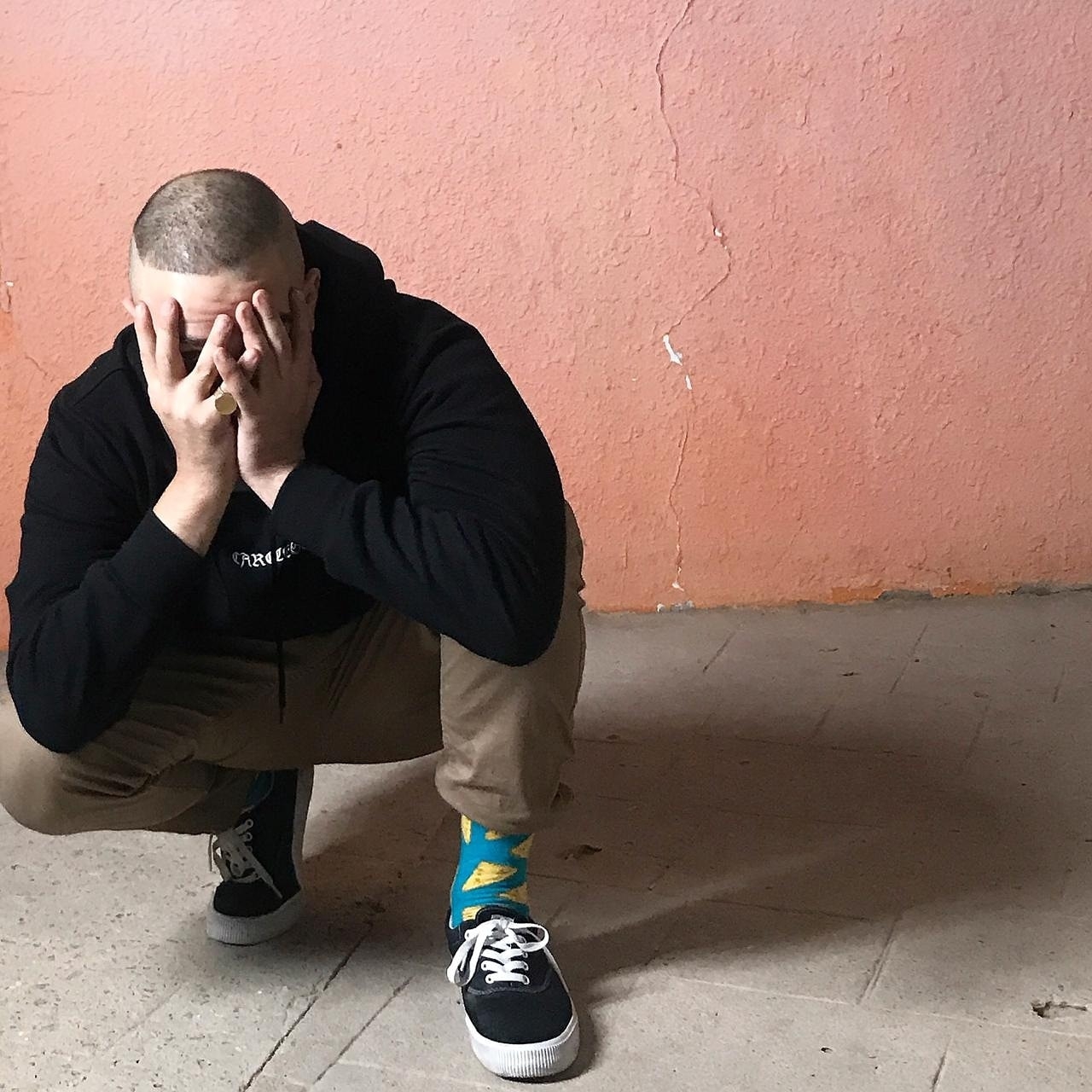
Although rap and trap originated from western culture, they have been taken and adapted to fit Egyptian culture by the above mentioned artists. Perhaps it is the witty lyrics, the catchy beat, or the overall attitude that oozes out of these songs, but something about Egyptian rap and trap music has been hitting a chord with the Egyptian population causing it to be Egypt’s latest and current music trend.
*Featured image courtesy of Marwan Pablo’s Facebook page
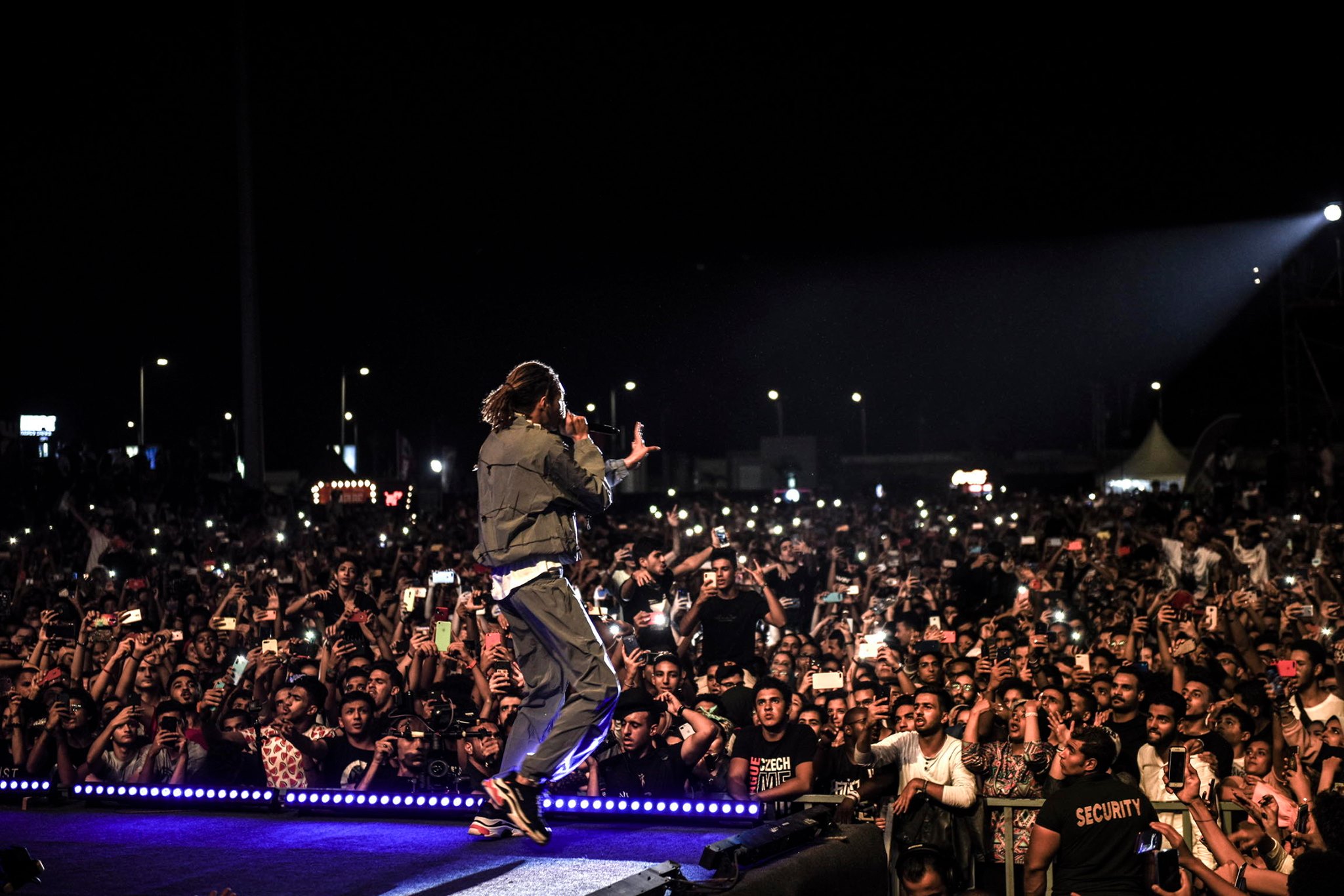





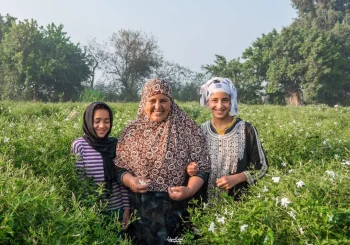
Comments (3)
[…] of creativity bred out of mixing genres that are quintessentially Egyptian with western beats. The rap scene has been blossoming — with artists like Marwan Pablo, Wegs, and Abuysif rising to musical […]
[…] (A Closer Look at Contemporary Egyptian Music Trends, artículo publicado por Mary Aravanis el 18 de enero de 2020 en Egyptian Streets) […]